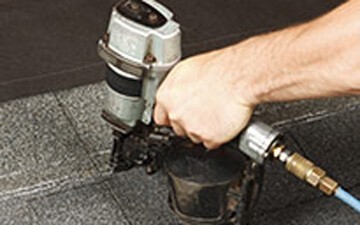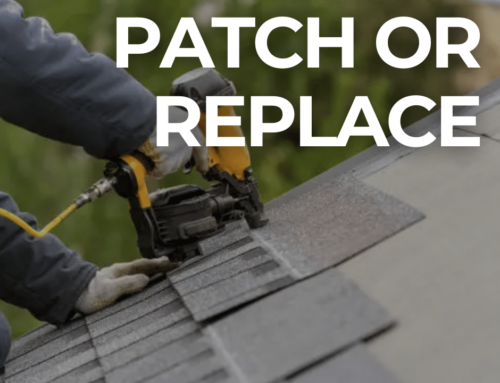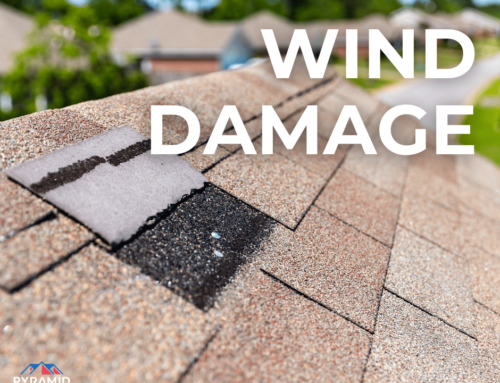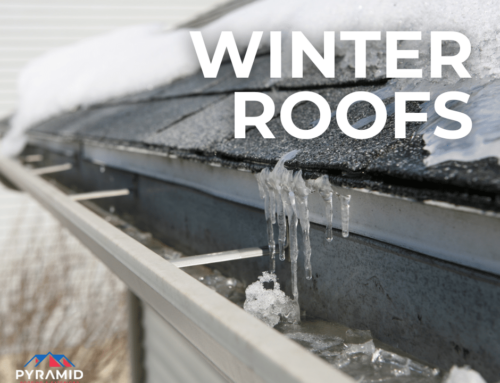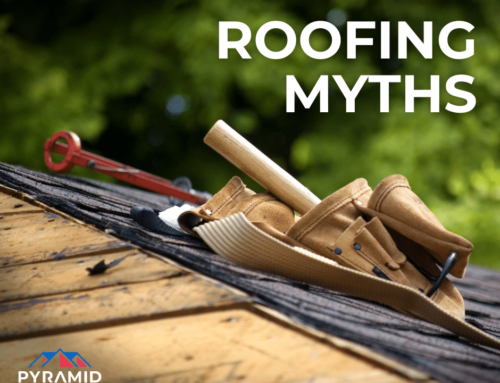Eventually every roof will reach the end of its lifespan. But knowing when it has reached that point can be difficult. Waiting too long to replace your roof can lead to costly water damage. But reroofing too soon, before you have gotten the maximum life out of your roof, can be a waste of money. There are several factors to consider when determining whether to repair or replace your roof.
One of the first things to consider is the age of your roof. If your roof is still within the first half of its expected lifespan, a repair is most likely the best choice. If your roof is approaching the end of the expected lifespan, a roof replacement might make more sense. Different roofing materials have different lifespans. An asphalt roof will typically last about 20 years, a cedar or shake roof will last about 25 years, and a slate or tile roof can last 70 years or more.
The overall condition of your roof should also be considered. If most of your roof is in good shape, a repair may buy you several more years before you need a replacement. A few missing, torn, or damaged shingles can be easily removed and replaced, as can flashing. Minor or isolated storm damage can also be repaired without replacing the entire roof. However, if you have damage in multiple areas, a significant number of damaged or missing shingles, or if your shingles are curling or cracking, a replacement may be warranted. If your roof is decaying underneath the shingles, new roofing materials for a repair won’t last long.
Any leaks should also be factored into your decision. Water spots on the ceiling indicate a leak. A single leak, or even two, can usually be repaired with a little patching. A leak after a rain storm that is limited to an identifiable area can also usually be addressed with a repair. However, if a recent leak is one of many, you have water stains in multiple areas or rooms, or the leaks are over a widespread area, a replacement may be needed.
Your finances may also play a role in your decision making. A roof replacement is a significant investment. If you can’t afford a complete roof replacement, you may decide to repair the damaged areas now and save up for a replacement later. Insurance may pay for part or all of your expenses if the damage is storm related, but will not pay for a roof that has simply worn out.
If you’re unsure of the condition of your roof or which option is best for your situation, consider a roof inspection by a qualified professional, like Pyramid Roofing.

